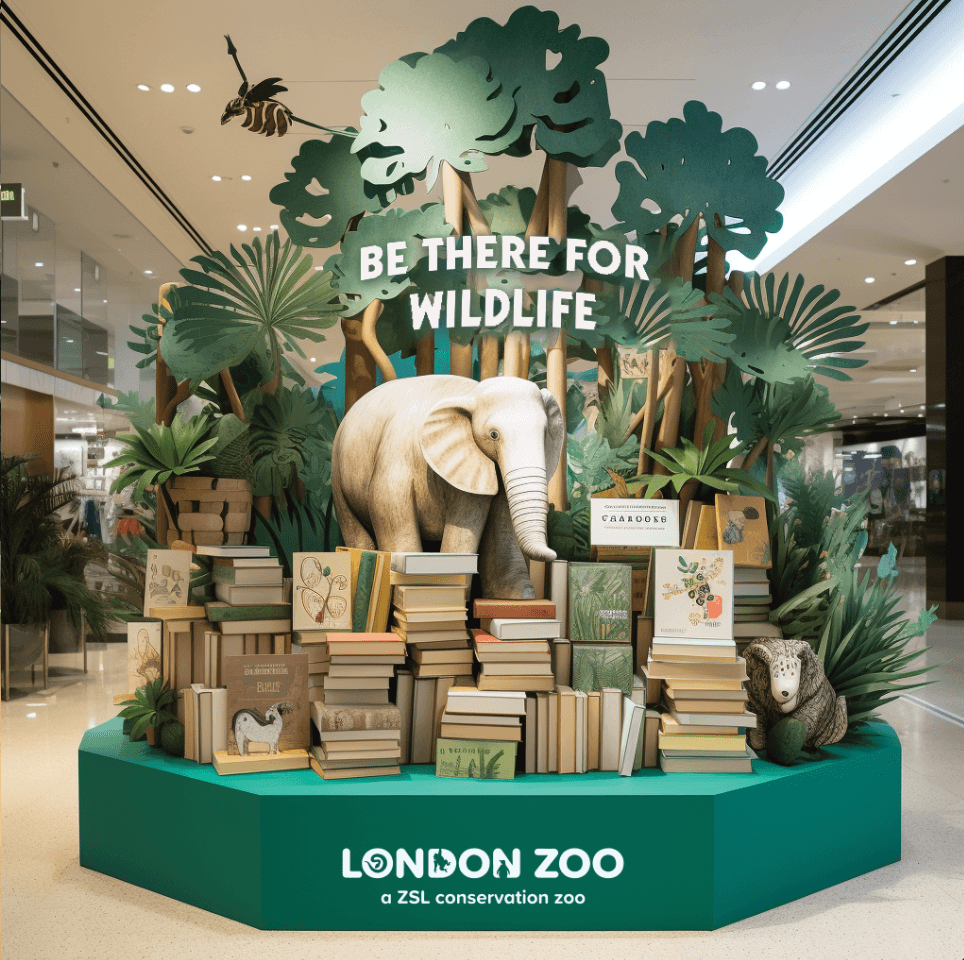How to raise your creative ceiling with AI

TLDR: A practical guide to AI-augmented creative exploration, in service of stellar human-made assets.
""
Memes. Mash-ups. Mindless non-stop slop. It’s tempting to look at this stuff and conclude that generative AI is just a distraction. On the other hand, deadlines, financial pressures, and basic human laziness make the promise of AI-powered shortcuts deeply appealing.
So how should brands think about AI as a creative tool?
Let’s be clear: there are real, powerful use-cases. But given the major unresolved copyright concerns, AI output should never be used for anything consumers will see. The legal and ethical questions are best discussed elsewhere, but our position is clear: final, consumer-facing assets should always be human-made.
Below, we’ll explore the attitude and human skills needed to unlock value from AI. We’ll explain what an effective AI-augmented creative process looks like. We’ll look at practical uses for AI right now, and finish with examples of how three major global brands are using AI.
Going beyond the derivative
AI alone can’t invent; it can only remix. It doesn’t understand what your brand really means. It can’t truly understand your fans. Human design direction and creative vision are crucial for arriving at interesting AI outputs. Design is about imagining new forms, conjuring new worlds, and, crucially, making decisions. When you wield AI tools with imagination and judgement, informed by rich contextual awareness, incredible creative options open up.
For Skew, AI is about expanding possibilities, allowing us to produce things that were previously out of reach. These tools make it easier than ever to bring novel ideas to life. It’s best to think of them as dream accelerators, not creative vending machines. Genius in, genius out.
Inputs start way before the prompt
Clients rarely come to us with a directional, focussed mood board. More often, if we get anything, it’s a pick-n-mix assortment of things they like without a clear theme. We created our Skew Haul workshops to give clients the inspiration and clarity they need to brief bold, effective work. Without that inspiration, and without that clarity, prompting AI is like being the Apprentice contestant firing random requests at an increasingly bemused designer who has no choice but to cooperate.
So how does Skew Haul work? Here’s the process:
The client outlines their challenge
We design a route through retail that exposes the client to non-obvious inspiration designed to unlock new thinking
We workshop photos from the day into a directional mood board
This is a classic creative process: Immersion, insight, production. With the advent of AI, these stages remain as valuable as ever; AI needs rich, interesting context to produce interesting assets. Without the immersion and insight, the prompts will always be generic, and the outputs will be forgettable and unfit for purpose.
When you sit down to use Midjourney or ChatGPT, your head should already be full of ideas.

Three practical uses for AI
Having played and experimented extensively with generative AI, we’ve found three ideal use-cases:
Rapid ideation
Creative iteration
Unlocking new capabilities
Ideation
With tools like Midjourney and Visual Electric, we can rapidly visualise new concepts, create new moodboards, and develop that into a full-scale room set or piece of retail theatre. This is amazing for pitches.
Iteration
With Visual Electric, we can develop a set of models that are unique to each client, then use those models consistently as needed. We can take an existing piece of photography, and adapt it — reducing the age of the model, or changing the colour of a piece of clothing or accessory, for example.
New capabilities
Mocking up photoshoots, turning them into video, complex 3D renders — these things were previously out of reach for most clients. Having access to these capabilities is a truly exciting power-up, and it’s changing how we sell in ideas.
Global brands leading the way with AI
Disney
Disney has been investing in AI for over a decade. The company recently unveiled its Disney Select AI engine for marketing, using retail audience analytics and content optimisation to help advertisers reach the right audiences more effectively on its streaming platforms and other digital properties. It’s only a matter of time until Disney’s using AI for creative.
Coca-Cola
The Grip x Coca-Cola AI collaboration uses AI and 3D technology to make Coca-Cola’s marketing content faster, more flexible, and more personalised across the world. Coca-Cola has millions of SKUs digitised globally, and can now localise and customise content instantly.
H&M
H&M has created digital clones (or “AI twins”) of 30 real-life models. With the models’ consent, these AI models appear in social content and marketing campaigns. The digital models can be placed in any setting, wearing any outfit, without the need for travel or a full shoot. One model — Mathilda Gvarliani — joked her AI twin is just like her, “but without the jet lag.”
AIming high
Anyone can make AI spit out average work. But culture doesn’t need more mediocrity, and that’s certainly not where the rewards lie for brands. The real magic happens when you combine human insight and creative vision with AI's power to make impossible things possible — fast.





